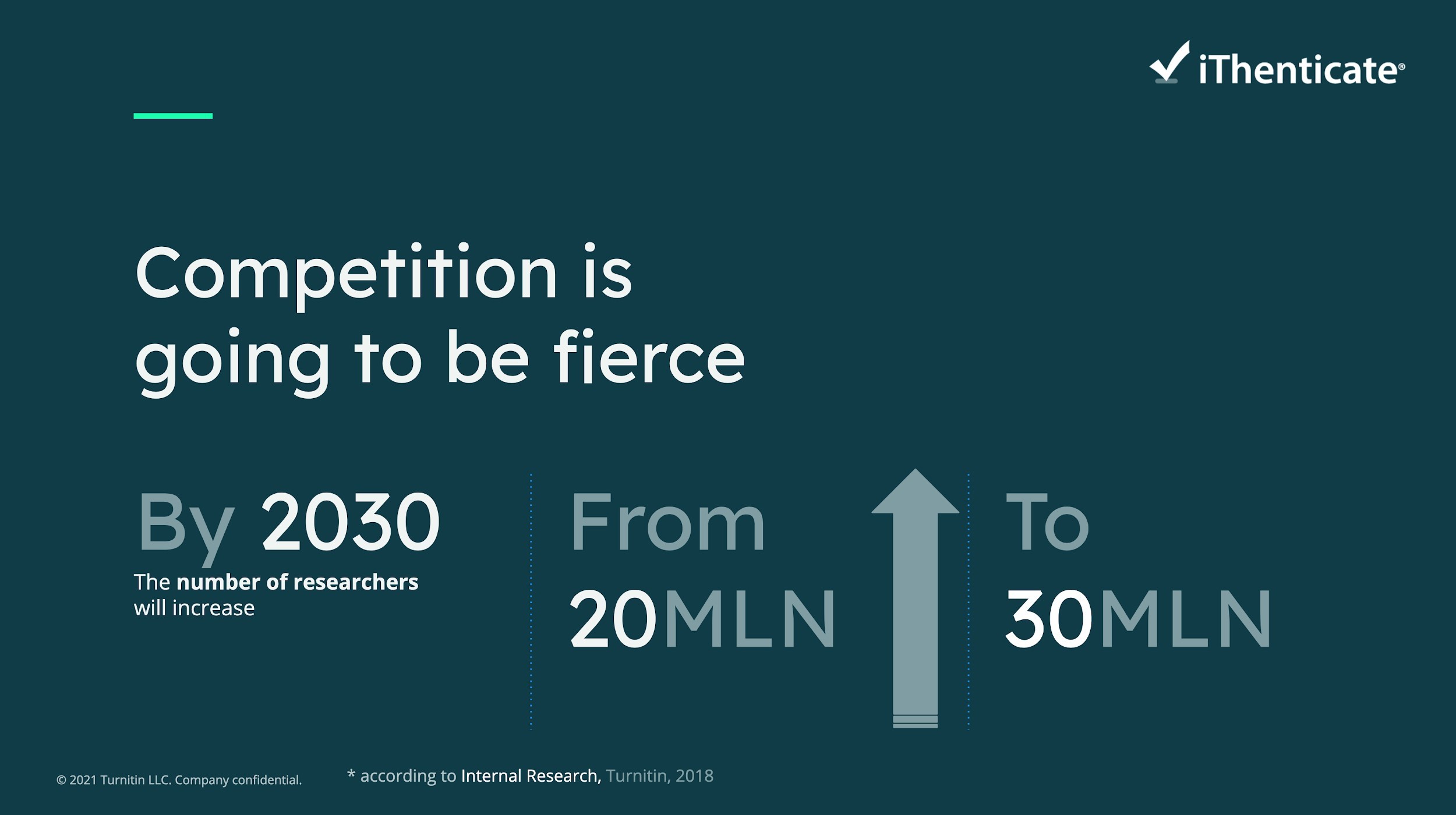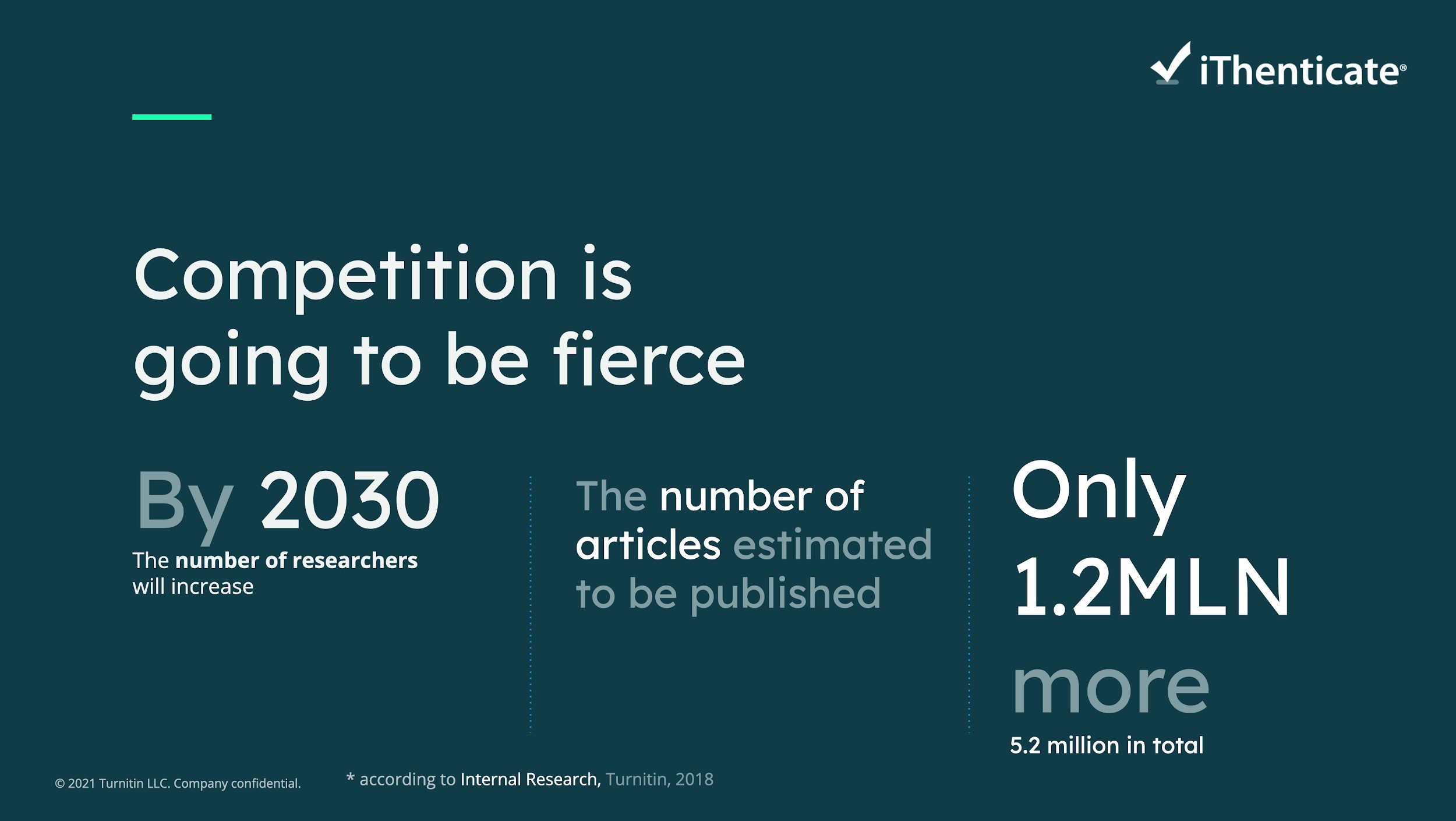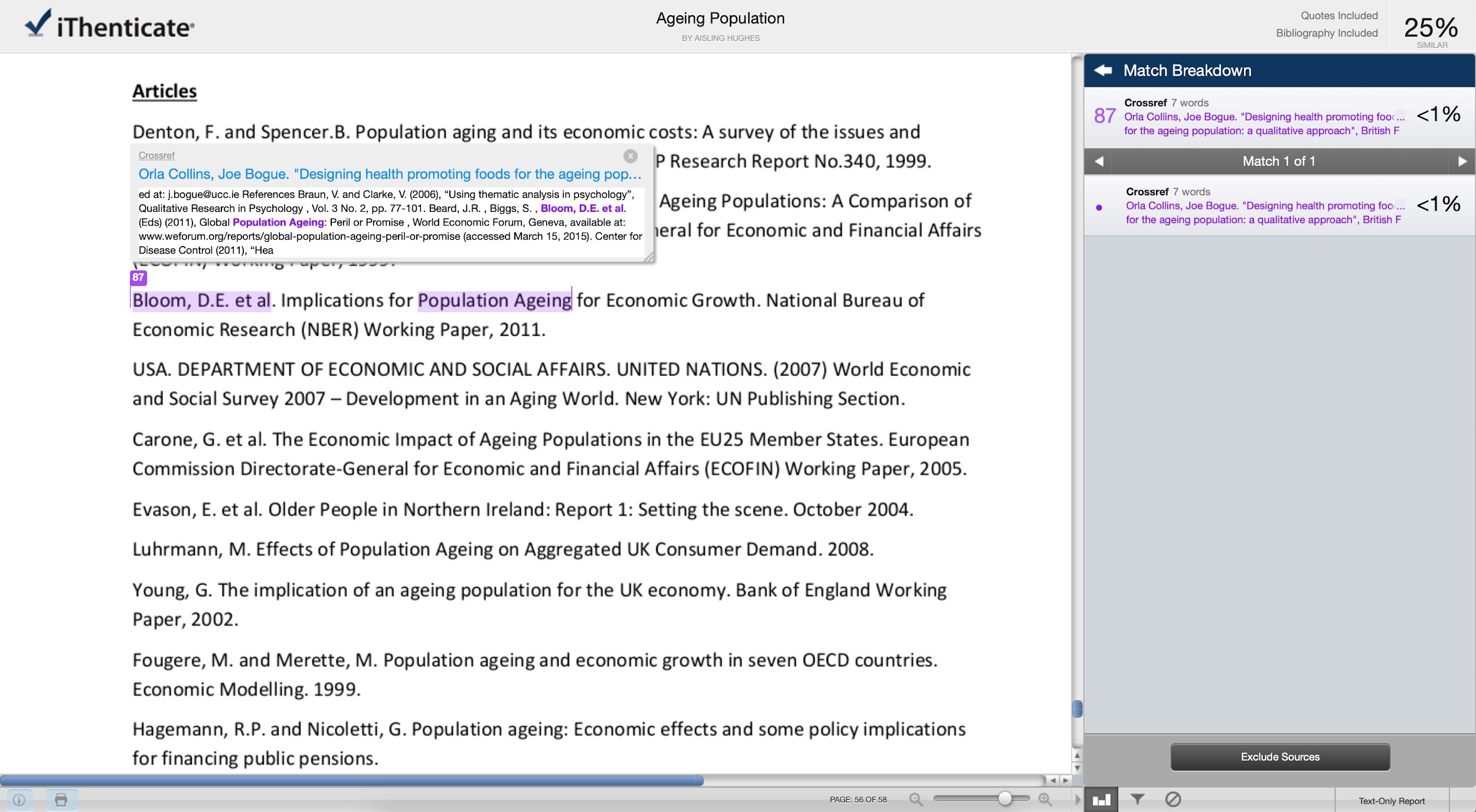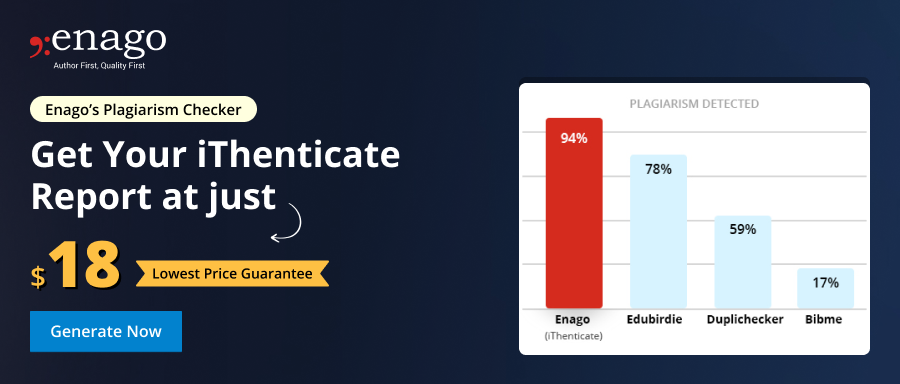Is Your Reputation Safe? How to Ensure You’re Passing a Spotless Manuscript to Your Publisher

This guest post is drafted by an expert from iThenticate, a plagiarism checker trusted by the world’s top researchers, publishers, and scholars.
Reputation remains one of the most important underlying motivations for everything authors do. It cannot be overstated as the “publish or perish” adage is still true. The careers of researchers’ hinges on their ability to get published. This “urge to publish”, for the most part, comes from external pressures. The name, potential to get funding, and future promotions directly depend on where and how often the researcher is getting recognized by reputable publishing outlets. Grant funding organizations will always prefer researchers who have a proven record of published work, which also demonstrates the credibility of the scholar and their potential new research. Without regular publication activity, the attractiveness of the researcher drops.
Furthermore, with a growing number of researchers emerging in the field every year, it becomes increasingly important to actually get published in journals having a high impact factor and establish a name as a distinguished author.
The competition in the research market is going to intensify over the coming years. By 2030, the number of researchers willing to get published across the most reputable and desired journals will increase by half adding an extra 10 million professionals.
 At the same time, the number of manuscripts that are estimated to make their way to those journals and actually get published is extremely lower with only 5.2 million publications. This situation makes this market increasingly saturated and lowers the chances of every researcher’s success. Furthermore, it only means that publishing outlets will intensify their review and selection process filtering out the manuscripts that have even the slightest signs of plagiarism, inconsistencies, or other shortages.
At the same time, the number of manuscripts that are estimated to make their way to those journals and actually get published is extremely lower with only 5.2 million publications. This situation makes this market increasingly saturated and lowers the chances of every researcher’s success. Furthermore, it only means that publishing outlets will intensify their review and selection process filtering out the manuscripts that have even the slightest signs of plagiarism, inconsistencies, or other shortages.
 So here we have it: an eternal cycle of proving yourself as a trustworthy author to get regularly published in top-rated journals while also developing a successful career as a researcher.
So here we have it: an eternal cycle of proving yourself as a trustworthy author to get regularly published in top-rated journals while also developing a successful career as a researcher.
Everybody will agree that this is quite a challenging way to go. However, how should researchers handle this tricky and demanding path? Proving your reputation. Every time. Every step of the way.
Given that the publication process is a complicated and high-stakes exercise, the desire to be confident in the manuscript you are submitting and protecting personal and institutional reputation is absolutely vital. Confirming the work is free from any plagiarism concerns and is original gives authors the confidence they need in an otherwise obscure publication process.
It’s interesting how the originality and uniqueness of your work are really at the core of the successful publication scenario. There’s a reason why it’s really worth checking your manuscript for plagiarism multiple times along the entire process.
Ensuring that the originality of your research starts really early in the pre-research stage; Checking the topic and thesis against an exhaustive database of the global top-quality scholarly content database can point to other authors that are covering your topic, and, can potentially, help you find collaborators or journals you might want to consider for publication. You are also eliminating the case of the same concept being already published.
Moreover, it’s crucial to check your grant proposal before submitting it to the grant agency to make sure it’s polished, spotless, and free from any potential plagiarism.
After the grant is issued and the research itself is done, there’s a very lengthy, complicated, and tiresome stage coming – writing up the research paper. This is particularly valuable when working collaboratively because usually, any research is a joint effort and includes multiple authors coming from different backgrounds. To make sure you’re aligned on the questions of integrity, it’s really worth checking the manuscript before submitting it to your preferred publisher. This is because more often than not there are mistakes in citations, issues with data, self-plagiarism, or potential plagiarism from work contributed by co-authors that appear in the paper.
Finally, during the stage of editing and review, it’s important to re-submit drafts to keep mistakes or potential plagiarism from turning up.
This stage can get quite iterative as you get segments of the research for revision. That’s why regularly checking your drafts for plagiarism will help ensure your reputation in the eyes of the publisher.
 Enago customers enjoy this confidence because iThenticate, the world’s most trusted similarity detection service, will alert authors to any potential issues before their reputation can be impacted.
Enago customers enjoy this confidence because iThenticate, the world’s most trusted similarity detection service, will alert authors to any potential issues before their reputation can be impacted.
iThenticate is the service that is incorporated into top publishers’ workflows across the globe. Publishers such as IEEE, Nature Springer, Blackwell Wiley, and thousands more trust iThenticate to identify unoriginal work. As an author, using the same software as your preferred publisher to check for plagiarism equips you with a higher level of confidence and could, ultimately, boost your chances of acceptance.
Another part is protecting your reputation. Firstly, it’s an exhaustive database of top-quality scholarly content. iThenticate has access to the best-in-class publications from the most reputable publishers and researchers across industries. Additionally, your manuscript is being checked against the continuously updated internet archive.
This extensive scholarly content database is available thanks to iThenticate’s relationships with the top providers like CORE, ProQuest Dissertations, Crossref. This gives you access to the amplest collection of indexed scholarly articles across industries. This assures that your manuscript is thoroughly scanned for any potential plagiarism your desired publisher could spot.
An iThenticate report aggregates all of these resources into an easy-to-read form where you can investigate every little similarity, even check for self-plagiarism compared to your previously published work, and polish your manuscript to make sure it’s spotless, plagiarism-free, and ready to be submitted and accepted to your desired publisher!
Takeaway
In times of inflated competition, protecting your reputation, as a researcher, is the most vital asset to embolden your career. By validating the originality of your ideas, you protect your reputation and the name of the institution you represent, get peace of mind, and increase your chances of acceptance to the desired publication outlet. Furthermore, add the fact of checking your work with plagiarism detection tools and that’s an effective solution for success regardless of the circumstances.
If you would like to know how you can use the iThenticate Plagiarism Check for your manuscript, you can contact the Enago team.










